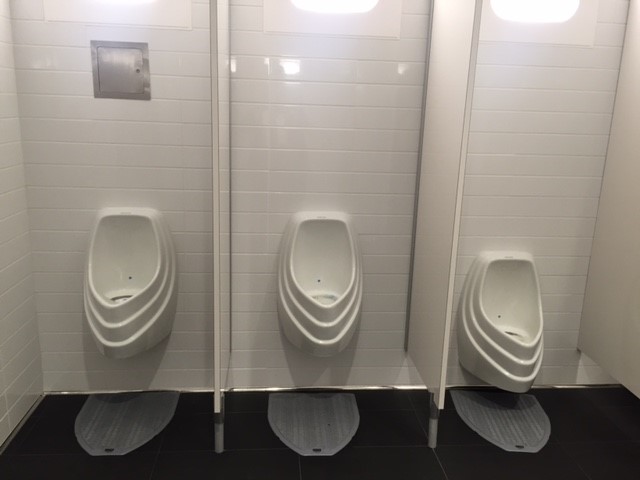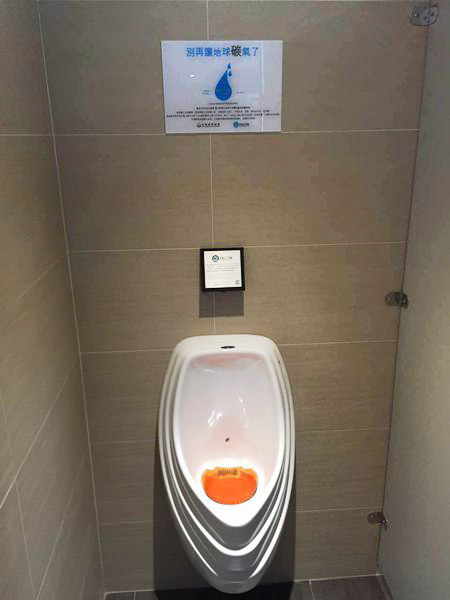After years of worry and concern over the lack of rainfall in California, Governor Jerry Brown made a historical announcement this past March. The statement made by Brown, officially recognized the alarming situation the Golden State is facing in regards to the sustainability of its water supply, and is the first mandatory water cut in California.
This is a sign that the drought is not only threatening the multi-billion dollar agricultural industry, but also the livability throughout the state. Not only does the drought have economical consequences, but it also extends through the social and environmental aspect of society. Without a booming agriculture, towns are given into poverty and unemployment rates soar to extreme. These are wages lost. Loss of revenue into the community.The money that supports families and businesses. On the other hand, it also impacts the environment around us. Plants and animals depend on water, just like people. When a drought occurs, their food supply can shrink and their habitat can be damaged. Sometimes the damage is only temporary and their habitat and food supply return to normal when the drought is over. But sometimes drought’s impact on the environment can last a long time, maybe forever. We don’t know what’s ahead of us, so we need to change the way we view our water supply and use it in a respectful and sustainable way.
This extends beyond the agricultural realm and is reaching commercial real estate owners as well. With Brown’s mandatory cuts, landlords will have to make a few changes to the way they manage their water usage. Considerations vary depending on water districts and type of commercial product owned. However, these are a few of the restrictions that landlords will need to address:
Even though, it seems extreme to implement such changes, in such a short amount of time, water districts are offering incentives to help mitigate the costs associated with the retrofitting. Owners will find rebate programs and other incentives to cut costs when it comes to replacing lawns, improving irrigation systems, and upgrading metering systems to monitor water flow more accurately.
We all have roles to play when it comes to living more sustainably. Water usage varies according to regions and the types of players that are involved, nevertheless if we all do our part, that 10, 15, 20 percent can add up to be a whole lot of gallons of water saved. And those gallons may be just what we need.














